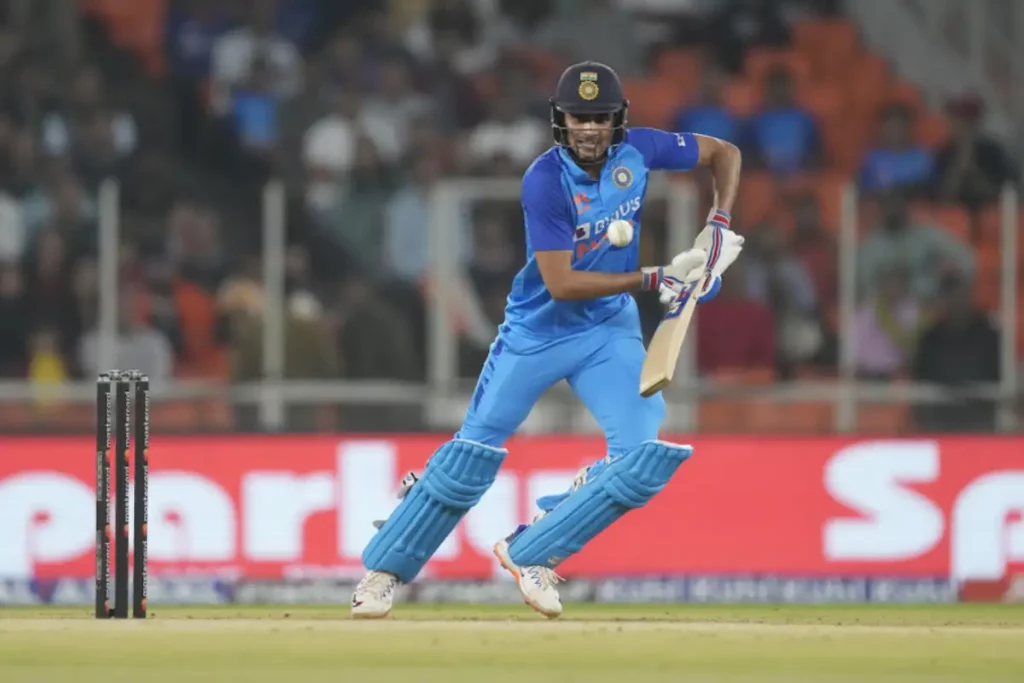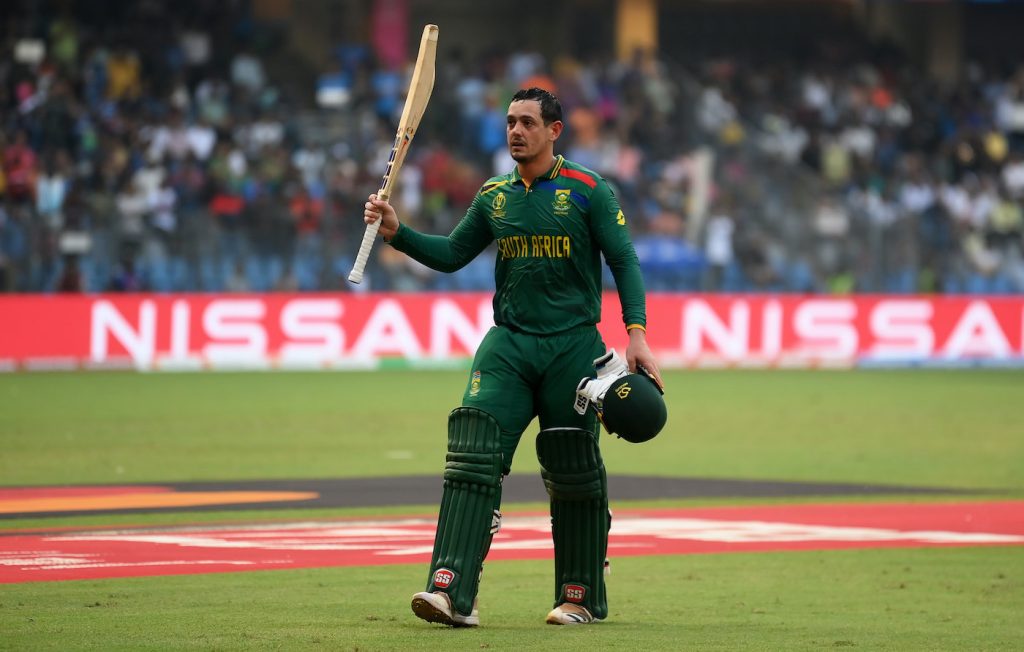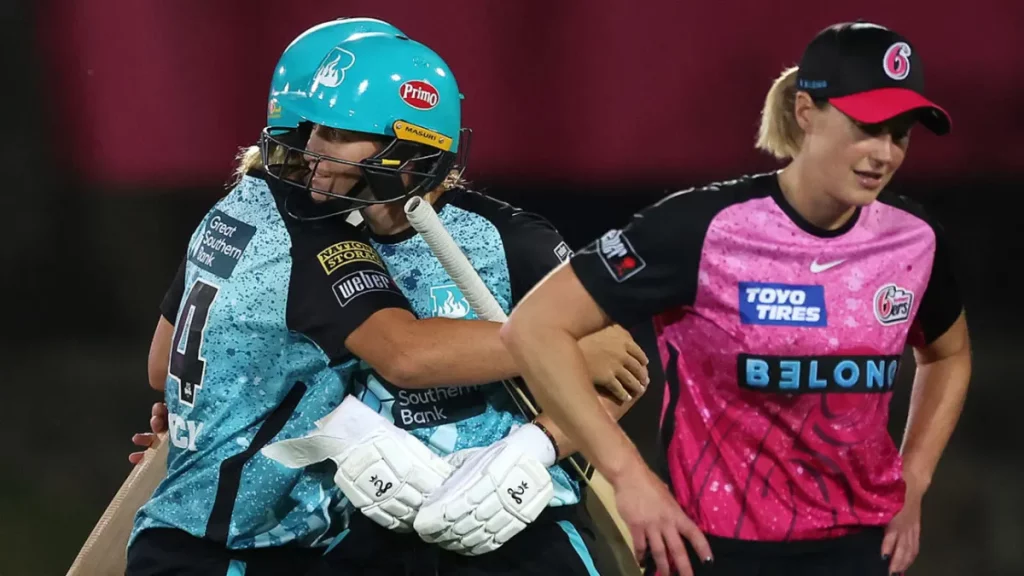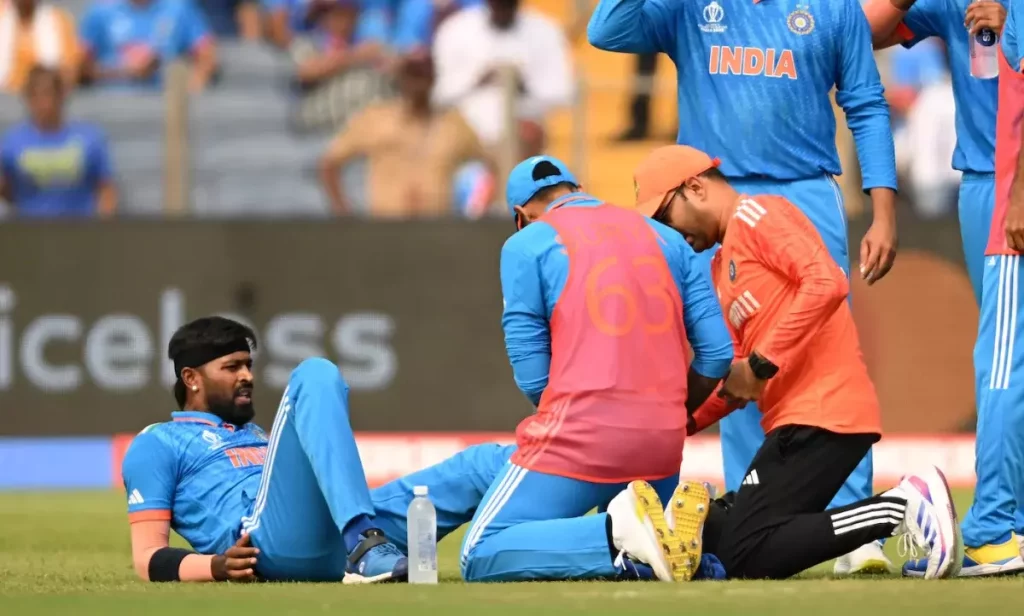In the much-anticipated 2nd T20I between India and South Africa, strategic decisions were at the forefront even before the first ball was bowled.
South Africa, winning the toss, chose to bowl first, aiming to exploit the conditions at St George’s Park.
The team composition reflected a balanced approach with the inclusion of two allrounders, Marco Jansen and Andile Phehlukwayo, and a preference for spinner Tabraiz Shamsi over Keshav Maharaj.
India, on the other hand, made notable changes. Shubman Gill replaced an unwell Ruturaj Gaikwad, partnering with Yashasvi Jaiswal at the top.
The absence of legspinner Ravi Bishnoi and Deepak Chahar was compensated by the inclusion of Kuldeep Yadav and Mukesh Kumar.
Suryakumar Yadav, leading the team, emphasized the importance of enjoying the game over focusing solely on the upcoming T20 World Cup.
Early Innings: A Test of Strategy and Skill
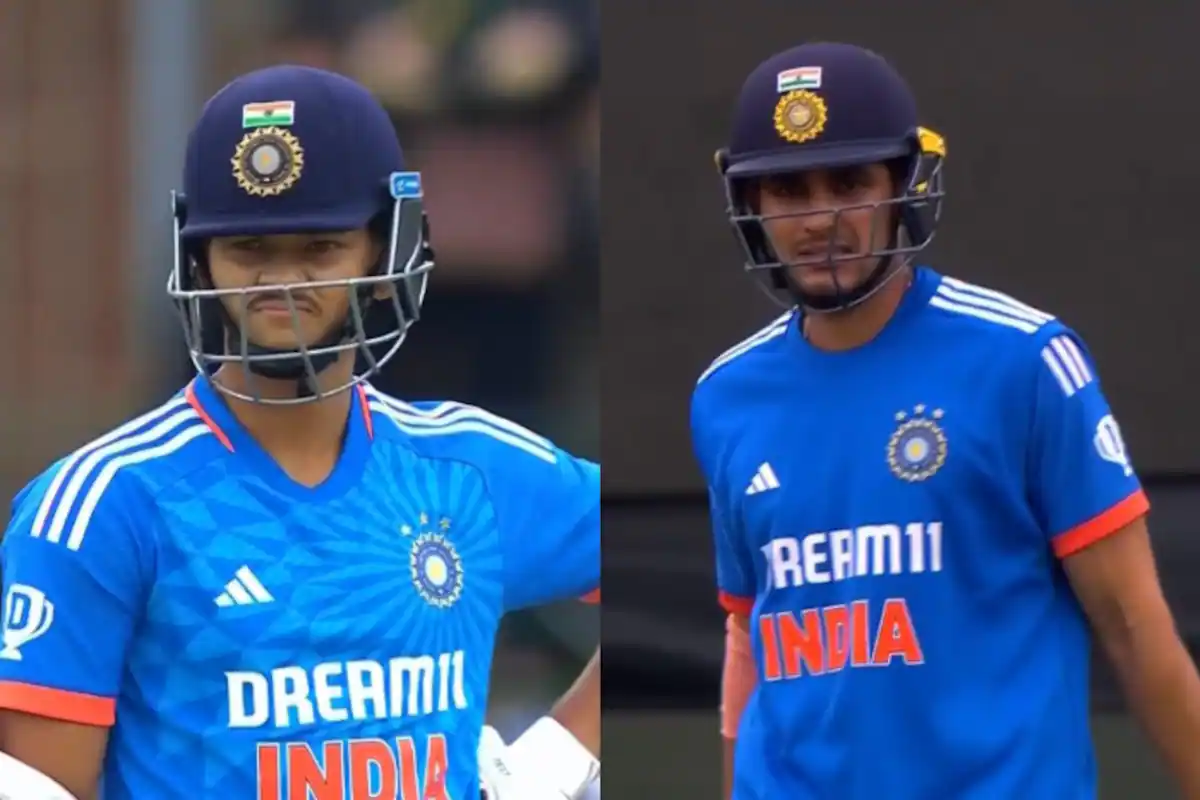
The match commenced under challenging conditions, with a light drizzle and heavy clouds setting the stage.
South Africa’s decision to bowl first seemed to be a calculated move to utilize the moisture and cloud cover.
India’s top order, particularly the new opening pair of Gill and Jaiswal, faced the immediate task of navigating through the initial overs against a potent South African bowling attack.
Middle-Order Contributions and Tactical Shifts
As the innings progressed, the middle order of both teams had a crucial role to play.
The likes of Heinrich Klaasen, David Miller, and Tristan Stubbs for South Africa, and the Indian middle order, had the responsibility of building the innings and setting a competitive target or chasing it down effectively.
Key Performances and Turning Points
In a match where every run and wicket could tilt the scales, individual performances stood out.
The bowlers, especially the spinners and allrounders, had a significant role in controlling the run flow and taking crucial wickets.
Batsmen who could adapt quickly to the conditions and pace of the game were pivotal in steering their teams towards a competitive total.
The Final Overs: A Test of Nerve and Strategy
The concluding overs of the match were expected to be a thrilling display of T20 cricket, with both teams looking to outdo each other in strategy and execution.
The bowlers’ ability to deliver under pressure and the batsmen’s skill in capitalizing on scoring opportunities were key factors in determining the outcome of the match.
Conclusion: A Game of Fine Margins
This 2nd T20I between India and South Africa was not just a contest between bat and ball but a demonstration of strategic acumen and adaptability.
The decisions made by the captains and the coaching staff, the performance of key players, and the ability to handle pressure moments defined the essence of this encounter.
As both teams looked forward to the rest of the series, the lessons learned and experiences gained from this match were set to play a crucial role in their future encounters.
